The most exclusive club
Getting to be called a "scientific theory" is like joining a very exclusive club. Not just anything can get in. Some claims that deserve to be called science have been called non-science. And many claims that deserve to be called non-science are sometimes called science.
Real science kept out of the club
Science is an incredibly shrewd activity, with scientists often displaying incredible reticence for hypotheses that might appear perfectly scientific by today's lights.
For example, for thousands of years, folk and mystical reports described rocks falling from the sky. Few scientists in the first two hundred years of the scientific revolution took these reports seriously. Such extra-terrestrial pebbles were viewed with scepticism as tall tales as psychics, witches and folk medicine.
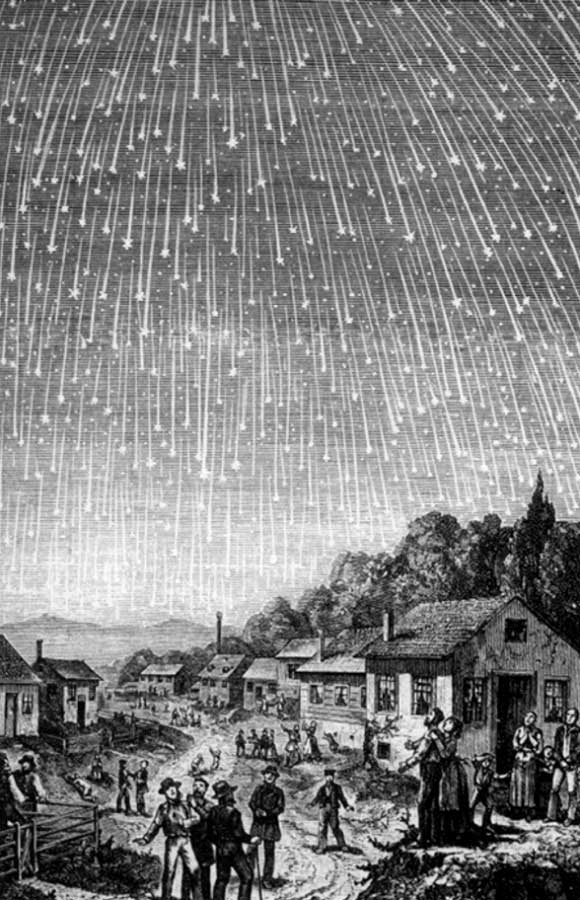
This skepticism was dissolved on 26 April 1803 when around 3,000 meteorites showered down on the small town of L'Aigle, France in plain daylight. Subsequent investigations by the physicist Jean-Baptiste Biot finally led scientists to accept the phenomenon. But only then were meteorites finally accepted as legitimate astronomical theory.
Another example is the writer Samuel Johnson's insistence in a 1781 letter that disease is caused by microscopic organisms. Johnson is well-known to have displayed a variety of obsessive-compulsive behaviours. So, although there were some similar suggestions among fringe scientists of the time, his claim was not taken seriously, and the miasma or "bad airs" theory remained the dominant way to understand disease.
Over the next century, germ theory completely displaced the miasma theory as the dominant paradigm for disease.
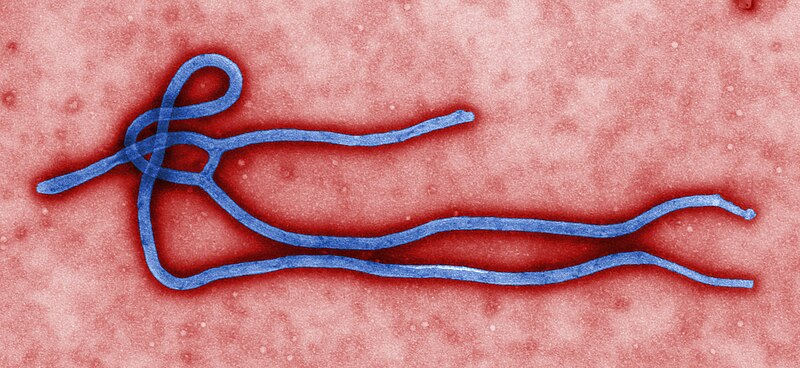
Question: Why were these claims viewed with such skepticism by scientists? Is there a sense in which they were not scientific?
Hopefuls that don't belong in the club
In addition to ideas that deserved the name of science but weren't given it, there are of course many ideas that claim the name of science but don't deserve it.
A famous example is scientology, a religion that builds the word "science" straight into its name, while consisting of a rather unsubstantiated doctrine centred around ridding the body of implants placed there by ancient extra-terrestrials.
Another example is astrology, a doctrine premised on the hypothesis that distant astronomical events can have a causal influence on human well-being. One common astrological practice is the prediction of human events, outlooks and personalities on the basis of one's birth date, for example through the construction of a horoscope.

Astrology has been resoundingly defeated by empirical study. Most of the cosmological entities studied in astrology are millions of years old having travelled from millions of light years away, and therefore could not have exerted any influence on present-day humans. Moreover, chaotic effects prevent precise events around the time of our birth from having a deterministic effect on human futures many years later. And of course, the predictions of astrologers have been repeatedly tested for accuracy, and repeatedly fail. (See, e.g., this double-blind test of astrology; free version available here).
And yet, these failures have not prevented some from treating astrology with the seriousness of a science. A private company founded in 1948 called the Faculty for Astrological Studies refers to itself as a "faculty" and continues to teach the (scientific?) discipline of astrology to thousands of students.
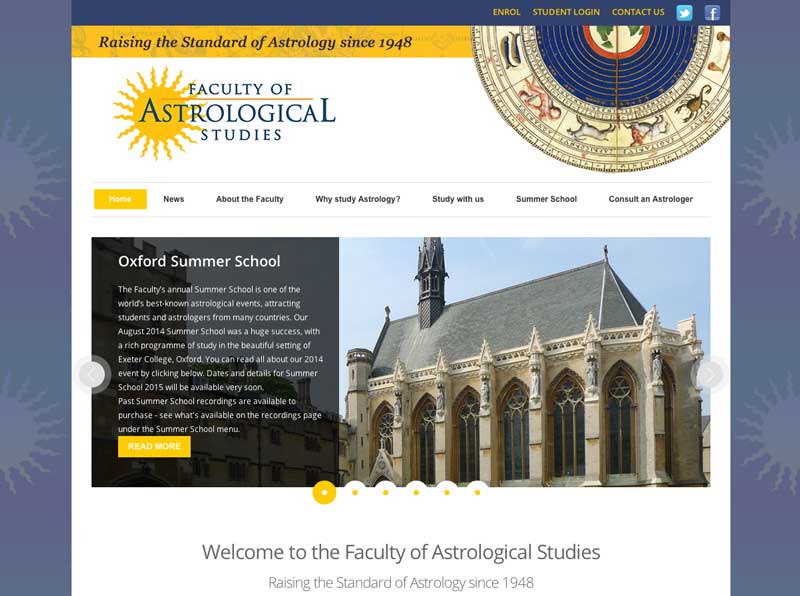
Astrology is just one of many fields that have claimed over the years to be legitimate science. Here is a brief listing of a few others.
| Topic | Central claim | Comment |
|---|---|---|
| Astrology | Distant astronomical events can have a causal influence on human well-being | Unsubstantiated by experiment and falsified by the central results of modern astronomy. |
| Perpetual motion | Work can be produced without inputting any energy. | Periodically claimed to have been found and always debunked; violates law of local conservation of energy. |
| Extrasensory perception (ESP) | Human perception of empirical information independently of any senses (sight, hearing, touch, smell, taste). | No known mechanism, blind case-studies repeatedly shown to fail. |
| Vitalistic chiropractors | Body malfunction and disease is caused by imbalance in spinal "energy" and "subluxations." | Causal claims not taken seriously in modern medicine or science. |
| Crystal healing | Crystals placed on parts of the body can cause improvements in human well-being | No peer-reviewed evidence has ever supported this practice. |
What counts as science?
What deserves the coveted status of a "science"? Many important questions hinge on this difficult question. In the first lecture we discussed the role that prediction and experiment play. Prediction and experiment are crucial but not enough to demarcate modern science. After all, many of the non-sciences above also involved prediction and experiment, whereas scientific facts like the L'Aigle meteor shower of 1803 did not.
Nor is being a scientific theory just a matter of being true. Many scientific theories have been cast from the lofty heights of "truth."
For example, in his 1835 "Address on the Genius and Discoveries of Isaac Newton," the mathematician George Boole wrote of Newton's discoveries in the Principia 150 years earlier,
"[V]astness of comprehension, a deep and far-seeing penetration, and last and chief (the attribute of character rather than of mind), unwearied and unconquerable resolution. These were the elements of his intellectual greatness. They have stamped with immortality every page of the "Principia."

On the contrary, 100 years later Newton's theory was conclusively found to be false. Nevertheless, it continues to be considered as a paradigm example of a scientific theory.
So, what counts as science? We need a systematic answer to this question. And in particular we would like to be able to say someting about each of the following.
- Theory Structure: When a topic or field can be called a science.
- Theory Change: How scientific theories change over time.
- Intertheory Relations: How a scientific theory relates to other theories.
Demarcating Science: 3 Approaches
In the reading by Carl Craver ("Structure of Scientific Theories"), three approaches to the structure of scientific theories are discussed. Craver has a special preference for the final "mechanisms" view, and suggests that the syntactic view has lost popularity. Take these biases with a grain of salt: all three claims are the subject of active debate. All three have been defended recently by philosophers of science. And since the time of Craver's writing in 2002, the syntactic view has received a particular resurgence among philosophers of science.

1. The Syntactic View: An Empiricist Approach
Syntax (noun): The arrangement of words and phrases to create well-formed sentences in a language.
In the previous lecture we considered one very powerful empiricist approach to the propositions of science: the verifiability criterion of meaning. This approach to meaning suggests a natural perspective on what counts as a scientific theory, which is known as the syntactic view.
The empiricist takes meaningful sentences to be either logical tautologies or empirically verifiable statements. So, if the sentences of science are what one takes to be meaningful and true, then science must be a system of tautologies and empirically verified statements; that is the syntactic view of theories.
You can see where the name comes from: According to the syntactic view, a theory is characterised by syntax, that is, by appropriate arrangements of words in sentences. As long as those words are arranged appropriately, in that they satisfy the verifiability criterion, then we have a legitimate scientific theory.

Notice that this is a claim about theory structure: a scientific theory consists of a set of sentences that satisfy the verifiability criterion. It also naturally provides a cummulative view of theory change: science is in the continual process of accumulating verified sentences. Finally, it provides a description of intertheory relations: different scientific theories may consist of disjoint or overlapping sets of sentences. And when one theory describes a special sub-domain of another, such as the way chemistry describes certain kinds of phenomena understood by physics, the view suggests that one theory can be reduced to another. We will return to reduction again in a later chapter.
2. The Semantic View: Meaning from Models
Semantics (noun): The meaning or interpretation of a word, sentence or other language form.
The syntactic view may do a fine job of describing highly mathematised theories like physics. But not all theories are in that form. Some theories have rather little structure that could allow one to say that it is a "verifiable sentence" or a "logical tautology."
One way to characterise an alternative kind of description that is available is as a model.
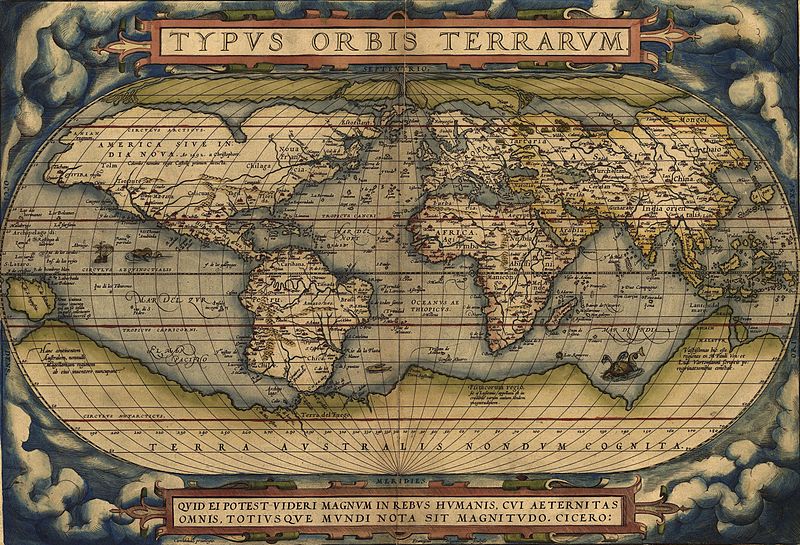
These are not just toy examples. Models are ubiquitous in science. There are many famous examples, such as this double-helix model of DNA that was famously constructed by Watson and Crick in their discovery of the DNA molecule.
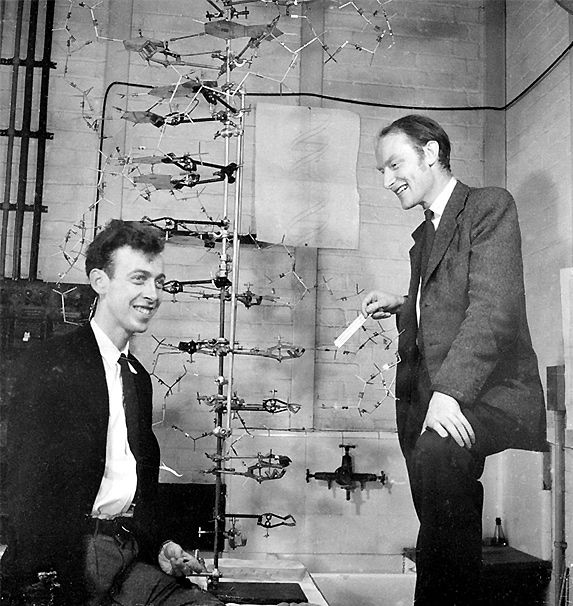
Many of these models are the bedrock for meaningful and successful scientific theories. And yet they do not easily fit into the syntactic picture in which science consists of logically arranged sets of sentences. Thus emerged the semantic view: a theory is a collection of models.
These models represent some set of relevant features of a system, although they often do not represent all features. Often times a model's strength is in what it does not represent.This view also suggests a view about theory structure that is rather different than the syntactic view, in that it need not consist in any sentences at all. It describes theory change as the continual refinement and replacement of models. And it is rather open-minded about inter-theory relations: different fields may provide very different models of the same phenomenon, with no clear way to reduce one field to the other.
3. The Mechanisms Programme: Activities of entities
Many view models as insufficient for a successful scientific theory. For example, suppose I have a model of the brain, or (as in the image below) of a brain-computer interface.

This model is rather unhelpful if it just sits there on a desk. What makes it powerful is when we have a description of how it works. This led philosophers Machamer, Darden and Craver to propose the concept of a "mechanism" for describing theories.
A Mechanism (Machamer, Darden & Craver) is a collection of entities and activities organised such that they are productive of regular changes from start or set-up to finish or termination conditions.
Understanding the mechanisms allow one to understand how electric signals are directed between neurons through the creation of an electric potential, as in the example discussed in the Craver article.
The more accurately we understand these mechanisms, the better our theory. And indeed, the elaborate understanding of mechanisms underlying brain-body motion led to the development of this electronic brain-hand interface at the University of Pittsburgh Medical Center.
Thus, the mechanisms advocates argue, scientific theories are really best described (at least in some cases) by mechanisms.
Navigating the structure of scientific theories
Each of these three approaches to the structure of scientific theories has its strengths and weaknesses.
The syntactic view is clear and precise. However, it is considered by many to be too limited in scope. Not all theories are formalised as sets of sentences. In particular, theories causal facts may not be easily be easily expressed within the syntactic view. And the formalisation of the syntactic view in terms of pure logic fails to capture most scientific theories, although this complaint is a bit artifical: most modern syntactic theorists would allow more robust mathematical tools as well.
The models view has a much larger scope, but is consequently less informative. Just having a model often doesn't provide one with much: there may be no description whatsoever of the actual workings of a phenomena. It is also notoriously difficult to specify precisely what a model is. Some mathematically precise definitions do exist. But what makes a map of the London Underground a model? What makes a figure of a tiger a model? The answers may be very different. Models also often fail to correctly distinguish distinct theories: two different theories may be represented by the same model, and two different models may represent the same theory. This was recently pointed out in detail in a nice paper by Hans Halvorson.
The mechanisms view is slightly more informative, but still not very precise. Little is said about what it means to be an entity or an activity, or what it means for an activity to be productive. A major open problem for the view is to specify what these terms mean in general. Without giving a definition, one is in danger of begging the question as to what a scientific theory is.